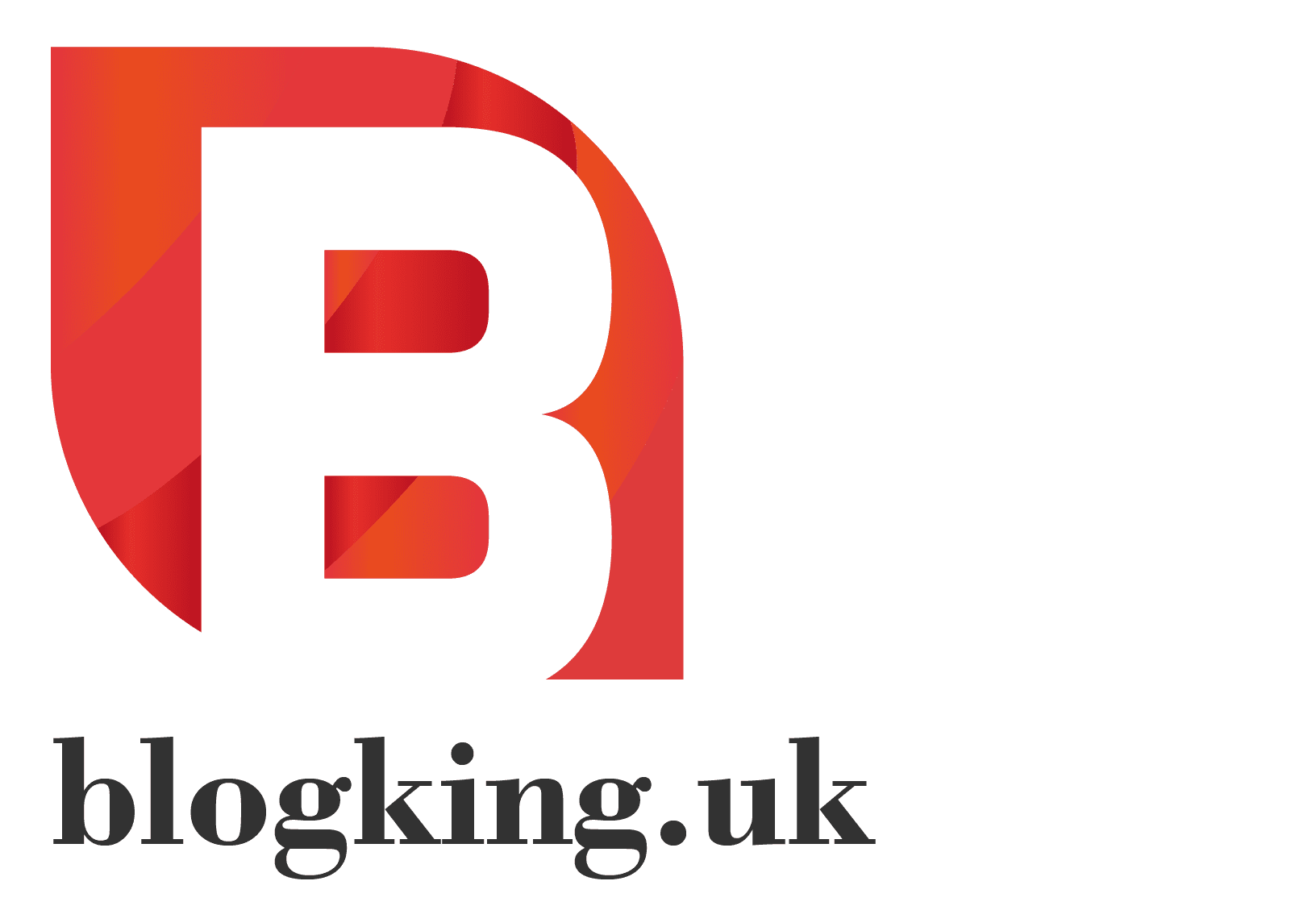Have you ever wondered why 60% of small businesses fail within their first five years? Is it bad luck, or a lack of good budgeting? Learning to create a budget is key for your business’s success. In this guide, we’ll show you how to plan your budget effectively. This is a step by step guide to know how to create a budget for your business.
Creating a budget helps you manage your money well. It lets you plan for the future and deal with unexpected costs. With inflation and price changes, knowing how to budget is more vital than ever.
Table of Contents
Key Takeaways
- Effective budgeting can lead to an average revenue growth of approximately 10%.
- Understanding the differences between fixed costs, variable expenses, and one-time expenses is key for accurate budgeting.
- A just-in-case fund helps keep your business stable when costs are higher than expected.
- Reviewing your budget every 3-6 months helps you adjust to financial changes.
- Budgeting boosts your financial knowledge, which is essential for new business owners.
Understanding the Importance of a Business Budget
Knowing the value of business budgeting is key for good financial management. A budget is like a map, guiding business decisions. It shows a company’s financial health and helps use resources wisely.
Having a budget helps prepare for unexpected costs. This is vital in today’s shaky economy. For example, during the COVID-19 pandemic, companies saw the need for flexible budgets. A McKinsey study showed that improving budget transparency is important.
Clear budgets are essential for financial planning in businesses. They are critical for startups looking for investment. A budget must match a company’s values and focus on profitable projects. Using different budgeting methods, like zero-based budgeting, can help allocate resources better.
In short, a good budget shows a company’s financial strength and helps with planning and growth. Good budgeting helps businesses reach their goals and deal with financial challenges. For more on budgeting, check out this resource.
What is a Business Budget?
A business budget is a key tool for managing finances. It outlines expected income and expenses over a set time, like a month or year. Knowing what a business budget definition is helps us see its role in planning and making smart choices.
Definition and Purpose
The main purpose of a business budget is to summarise financial info. This helps companies plan for the future. By budgeting, businesses can predict income, sales, and profits based on past data.
Being cautious when forecasting revenue is wise. It prevents overconfidence and keeps operations stable.
Overview of Financial Health
Keeping a close eye on finances is key to budget success. Reviewing income and expenses monthly keeps things on track. It’s important to watch the net profit margin, showing how profitable a business is.
Understanding the difference between profit and revenue is also vital. Revenue is the total sales before costs are subtracted.
| Key Financial Metrics | Description |
|---|---|
| Net Profit Margin | Shows the percentage of revenue that turns into profit after all expenses are deducted. |
| Recurring Income | Stable revenue from ongoing client retainers and contracts, ensuring predictable cash flow. |
| Expected Income | Forecasted earnings based on anticipated sales, vital for long-term planning. |
| Recurring Expenditure | Fixed costs that occur regularly, such as rent and salaries, which need to be accounted for in budgeting. |
| Sundry Costs | Occasional expenses that arise unexpectedly, which should be factored into contingency planning. |
Benefits of Creating a Budget for Your Business
Creating a budget is key for any business’s financial plan. It brings many benefits that help with growth and stability. These include better use of resources and being ready for financial crises.
Effective Resource Allocation
A good budget helps in using resources well. It lets businesses spot where they can do better. Studies show that budgeting can make resource use 25% more efficient.
By keeping an eye on spending, businesses can make smarter choices. About 70% of small businesses that budget well reach their financial targets. They can also cut costs by up to 20%, leading to wiser spending.
Crisis Preparedness
Being ready for crises is essential for a business’s long-term success. Businesses that budget well can handle unexpected costs better. In fact, 40% of small and medium enterprises say this is a big advantage.
By planning for challenges, businesses can keep running smoothly even when things get tough. Using a rolling budget helps them adapt quickly to market changes. This makes them 30% more flexible.
| Benefit | Statistic |
|---|---|
| Increased financial goal achievement | 70% more likely with a budget |
| Reduction in expenses | Up to 20% savings |
| Improved resource allocation efficiency | 25% better allocation |
| Control over unexpected costs | 40% of SMEs benefitted |
| Increased responsiveness to market changes | 30% enhancement |
Types of Business Budgets
Knowing about the different business budgets is key for good financial management. Each budget has its own role and helps businesses understand their financial future. Let’s look at the main types of business budgets and why they matter.
Master Budget
The master budget combines all individual budgets into one big financial plan. It gives a detailed look at a company’s finances. By including operating, capital, and cash flow budgets, it helps businesses see their expected income and costs. This makes it easier to make strategic decisions.
Operating Budget
Operating budgets focus on what a business expects to earn and spend over a set time, like a year. They guide daily operations and help manage money flow. About 60% of small businesses using operating budgets find it helps them manage their finances better.
Capital Budget
Capital budgets are for planning big investments and buying assets. They help businesses decide on long-term projects and check if they’ll make money. Around 70% of companies using capital budgeting see good returns, making it key for growth.
Cash Flow Budget
A cash flow budget is essential for daily operations. It predicts income and expenses to ensure a business can pay its bills. Almost 82% of small businesses struggle with cash flow, showing how important it is to budget carefully.
Labour Budget
Labour budgets track payroll and labour needs. Labour costs can be up to 70% of total expenses. Companies that use labour budgets can cut labour costs by up to 20% by managing their workforce better.
| Type of Budget | Purpose | Benefits |
|---|---|---|
| Master Budget | Comprehensive overview of finances | Increased financial accountability |
| Operating Budget | Predict revenues and expenses for daily operations | Improved management oversight |
| Capital Budget | Plan for significant investments | Higher returns on investment |
| Cash Flow Budget | Estimate cash inflow and outflow | Avoid overspending |
| Labour Budget | Forecast payroll expenses | Minimized labour costs |
Steps on How to Create a Budget for Your Business
Creating a budget is key to a business’s financial success. It involves several important steps. These steps help keep our budget accurate and flexible to market changes.
Collecting Historical Data
The first step is to gather historical data. This helps us understand past spending and income. It’s important to look at past revenue and expenses.
Seasonal trends can impact cash flow. For example, some businesses see 80% of their income in just three months. Knowing these trends helps us prepare better for the future.
Estimating Incoming Revenue
Estimating revenue is the next step. We use historical data and market trends to make sales projections. This gives us a clear idea of what we can expect to earn.
For instance, a jewellery business might expect to sell 45 necklaces, 100 pairs of earrings, and 30 bracelets. This totals £2,575. Such projections help us set a budget that aligns with our goals and prepares for seasonal changes.
Listing Fixed and Variable Costs
Listing costs is a critical step. Fixed costs include regular expenses like rent and wages. These costs usually make up 50-60% of total expenses.
Variable costs, like utilities, can change based on business activity. They make up 30-70% of total costs. Categorising these costs helps us understand our spending better and plan more effectively.
It’s also important to include one-off expenses, like machinery upgrades. Regular reviews of these costs help us find savings and keep our finances healthy.
| Item | Projected Income (£) | Actual Income (£) | Variance (£) |
|---|---|---|---|
| Jewellery Sales | 2,575 | 2,575 | 0 |
| Total Fixed Costs | 2,000 | 2,000 | 0 |
| Total Variable Costs | 1,000 | 1,200 | -200 |
| Estimated Profit | 575 | 375 | -200 |
By following these steps, we lay a solid foundation for managing our finances. This helps our business grow and thrive.
How to Calculate Your Expenses
Knowing how to calculate business expenses is key to staying financially healthy. A clear plan helps us manage our money well. We need to spot fixed costs, check variable costs, and plan for one-time expenses. Each part is important for a solid financial plan.
Identifying Fixed Costs
Fixed costs stay the same every month, no matter how busy we are. These include rent, salaries, and insurance. They make up a big part of our monthly budget. To get these costs right, we should collect all our invoices and statements.
Assessing Variable Costs
Variable costs change with how much we do. For example, utility bills and materials can go up and down. It’s key to keep an eye on these costs to avoid surprises. By looking at past spending, we can better plan our budgets.
Predicting One-time Expenses
Expenses that only happen once, like fixing equipment or buying new software, can throw off our plans if we don’t see them coming. To handle these, we need to think about what we might need in the future. Having a special part of our budget for these costs helps keep our finances strong.
By following these steps, we get a clear picture of our spending. Understanding fixed, variable, and one-time costs helps us control our money better. For more on planning your finances, check out our financial projections guide.
| Type of Expense | Examples | Monthly Cost Estimate |
|---|---|---|
| Fixed Costs | Rent, Salaries, Insurance | £2,000 |
| Variable Costs | Utilities, Supplies, Repairs | £1,200 |
| One-time Expenses | Equipment Upgrades, Renovations | £500 |
Setting Realistic Financial Goals
Setting realistic financial goals is key for any business’s success. It keeps companies focused on achievable targets and promotes growth. By looking at past performance data, businesses can plan better.
Utilising Past Performance Data
Using past data helps set benchmarks that show what a business can do. For example, looking at last year’s numbers can show trends. This helps spot strengths and weaknesses.
Knowing this, businesses can set goals that are both realistic and smart. If a business usually makes a 10% profit, it might aim for a bit more next year.
Making Informed Projections
Creating a solid budget needs informed financial projections. By studying industry trends and the economy, businesses can predict their future finances better. Past data helps spot realistic growth paths.
So, financial projections become more than guesses. They become smart forecasts that guide decisions. Setting goals based on careful analysis helps businesses focus, use resources well, and stay financially healthy.
Budget Management Strategies
Effective budget management is key for financial health in any organisation. The fast-changing business world needs a proactive approach to budgeting. Regular reviews and strategic adjustments are vital. This flexibility helps organisations adapt to market changes, making the most of resources and cutting waste.
Regular Reviewing and Adjusting
Regular budget reviews help companies track spending and cash flows. This ensures spending stays on track with the budget. By regularly checking financial performance, organisations can make smart budget changes quickly.
This adaptability is essential, helping businesses navigate uncertain times. It supports both immediate and long-term goals.
Using Accounting Software
Accounting software for budgeting has revolutionised business operations. It improves control and visibility over budget management. Automated tools make tracking and forecasting easier, leading to more precise budgeting.
This technology also empowers employees to take part in budget management. It promotes a culture of financial responsibility and strategic planning.
Business Budgeting Tips to Follow
Small business owners can follow several useful tips for budgeting. Good budgeting strategies help manage unexpected costs. This keeps finances healthy.
Overestimating Costs for Safety
One important tip is to overestimate costs. This creates a safety net for unexpected expenses. It helps avoid sudden budget shortfalls.
By overestimating, businesses can save 10-15% on budget shortfalls. This makes them more financially secure during ups and downs.
Negotiating with Suppliers
Negotiating with suppliers is another way to improve budgeting. Good negotiations can save money and strengthen relationships. Knowing the financial side of the industry helps get better deals.
Creating an Emergency Fund
Having an emergency fund is key for financial crises. Businesses should save 3 to 6 months’ worth of expenses. This helps them stay afloat during tough times.
Proactive budgeting is essential for this. For more on budgeting for unexpected costs, check out this useful resource.
The Role of Cash Flow in Your Budget
Every business needs to understand cash flow to stay financially healthy. It’s about knowing how much money is coming in. This lets businesses plan their spending wisely.
Understanding Incoming Cash Flow
Incoming cash flow is money coming into the business. It includes sales, investments, and loans. By tracking this, businesses can see how well they’re doing financially.
For example, a software company expects to make $85,000 in December. This helps them plan their spending and even have extra money.
Managing Outgoings Effectively
Keeping an eye on expenses is key. Businesses should split their spending into fixed and variable costs. Fixed costs don’t change, like rent. Variable costs do, like sales.
The 50-30-20 rule helps with budgeting. It suggests spending 50% on essentials, 30% on wants, and 20% on savings. Regularly checking the budget helps with planning and avoiding money problems.
Using tools like HighRadius’s Cash Forecasting Software makes forecasting more accurate. This helps with better financial management.
Understanding cash flow and managing spending well is vital. It helps businesses use their resources better and grow in the long run. Using cash flow forecasts and budgets leads to smarter financial decisions and helps deal with unexpected issues. For more on making a cash flow statement, check out this guide.
Tracking and Comparing Actuals Against Your Budget
Keeping an eye on how your finances are doing is key for any business. It’s important to see how your budget is working out. By looking at financial reports, you can spot any differences between what you expected and what really happened. This helps you make better financial choices and tweak your budget for the future.
Utilising Financial Reports
Using financial reports well gives you a clear picture of how your budget is doing. These reports show you income and expenses, helping you spot any issues fast. Businesses that use software for this tend to make fewer mistakes than those using spreadsheets. Adding CRM systems to your accounting can make your reports even more accurate.
Identifying Variances
Finding out where your budget is off is a big part of financial analysis. If your sales are better than expected, that’s good. But if your costs are higher than planned, that’s not so great. There are many reasons for these differences, like mistakes in data entry or changes in material costs. It’s important to look into these to improve your budgeting for next time.
| Variance Type | Definition | Common Causes |
|---|---|---|
| Favourable Sales Variance | Actual sales exceed budgeted goals | Increased demand, effective marketing |
| Favourable Expense Variance | Actual expenses are lower than budgeted | Cost-saving measures, efficient operations |
| Unfavourable Sales Variance | Actual sales fall below budgeted goals | Market changes, ineffective marketing |
| Unfavourable Expense Variance | Actual expenses exceed budgeted amounts | Rising raw material costs, labour expenses |
Staying on top of budget variances helps businesses understand their finances better. This way, they can take steps to do better in the future. For more tips on managing your financial reports, check out this guide on budgeting software.
Common Challenges in Budget Creation
Creating a budget can be tough, affecting a business’s financial health. We often face issues with estimations that don’t match real needs. When many departments contribute to the budget, it can be hard to allocate resources well.
It’s key to regularly update budgets to avoid wasting resources. This keeps a business competitive in the market.
Estimations and Uncertainties
Estimations add uncertainty, which is hard when the market is unpredictable. About 61% of businesses struggle to predict their expenses. Many wait until the end of the year to budget, leading to errors.
Complicated software can make things worse. Without teamwork, reports can be off because they’re not updated in real time.
Adapting to Market Changes
Being flexible with budgets is important, but 40% of companies don’t change theirs. Not adapting can make it hard to keep up with market changes. Including qualitative factors in budgets can boost employee productivity by 15%.
Good budget tools can cut down on financial mistakes. Companies that forecast revenue well see better financial results. By tackling budget challenges, businesses can manage resources better.
| Challenge | Impact | Solution |
|---|---|---|
| Inaccurate Data | Impacts resource allocation | Regular communication across departments |
| Estimations | Leads to budgeting inaccuracies | Utilise past performance data for projections |
| Lack of Flexibility | Hinders responsiveness to market changes | Revisit and adjust budgets regularly |
| Dependence on Software | Causes confusion and mismanagement | Provide training and simplify processes |
| Limited Collaboration | Creates data discrepancies | Encourage team involvement in budgeting |
Conclusion
Creating an effective budget is key for businesses to stay financially healthy and grow. Budgets are more than just financial tools; they are a strategic guide for entrepreneurs. They help navigate the financial journey.
This article has highlighted the importance of budgets. They are spending plans based on past expenses. Using models like 50/30/20 and 70/20/10 helps allocate resources wisely. It’s vital to avoid overspending and build financial resilience.
By combining strategic budgeting with disciplined financial habits, we set ourselves up for success. A good budget tackles today’s challenges and prepares for a prosperous future. It shows that planning now leads to a stronger tomorrow.
FAQ
What are the key steps to create a budget for my business?
To make a budget, start by gathering past financial data. Then, estimate how much money you’ll make. List all your costs, both fixed and variable. This helps you make a budget that meets your financial goals.
Why is creating a budget important for a small business?
Having a budget is key. It shows your financial health and helps you use resources wisely. It also prepares you for surprises, keeping your finances stable.
How should I handle unexpected costs in my budget?
To deal with surprises, overestimate your costs. Also, having an emergency fund helps cover these without hurting your business.
What types of budgets should I consider for my business?
Think about different budgets. The master budget gives a big picture. The operating budget covers daily costs. The capital budget is for big investments. Each has its own role in planning your finances.
How can I make sure my budget remains effective throughout the year?
Keep your budget up to date by regularly checking and adjusting it. Use accounting software to track expenses better.
What are some common challenges I might face while creating a budget?
Challenges include dealing with guesses and changes. Knowing these can help you budget better.
How does cash flow affect my business budget?
Cash flow is critical. Knowing when money comes in helps you plan. Managing outgoing cash prevents shortages and keeps your finances healthy.
What financial goals should I set while creating my budget?
Set realistic goals. Use past data and industry standards to make sure your targets are reachable. This helps your business grow sustainably.







